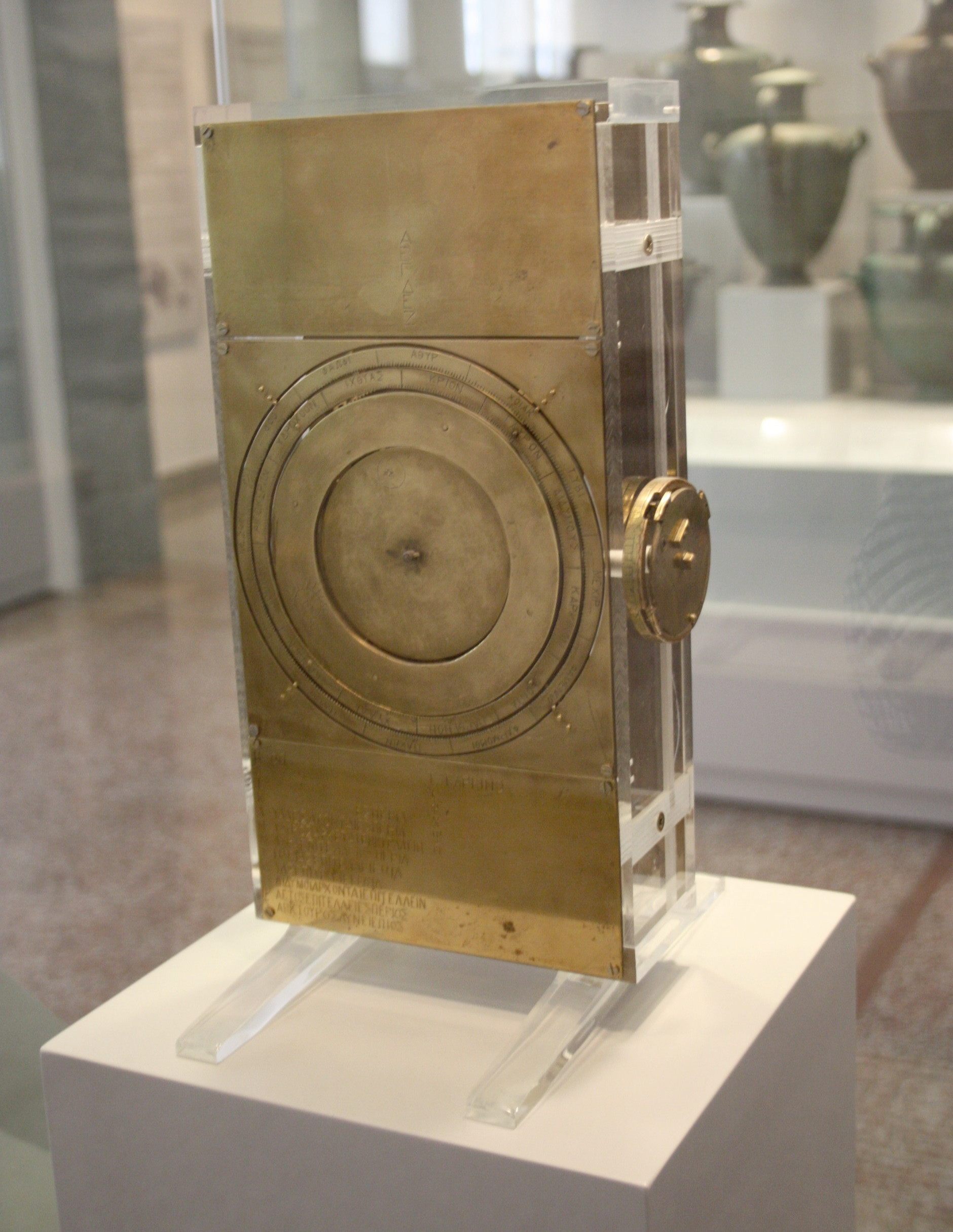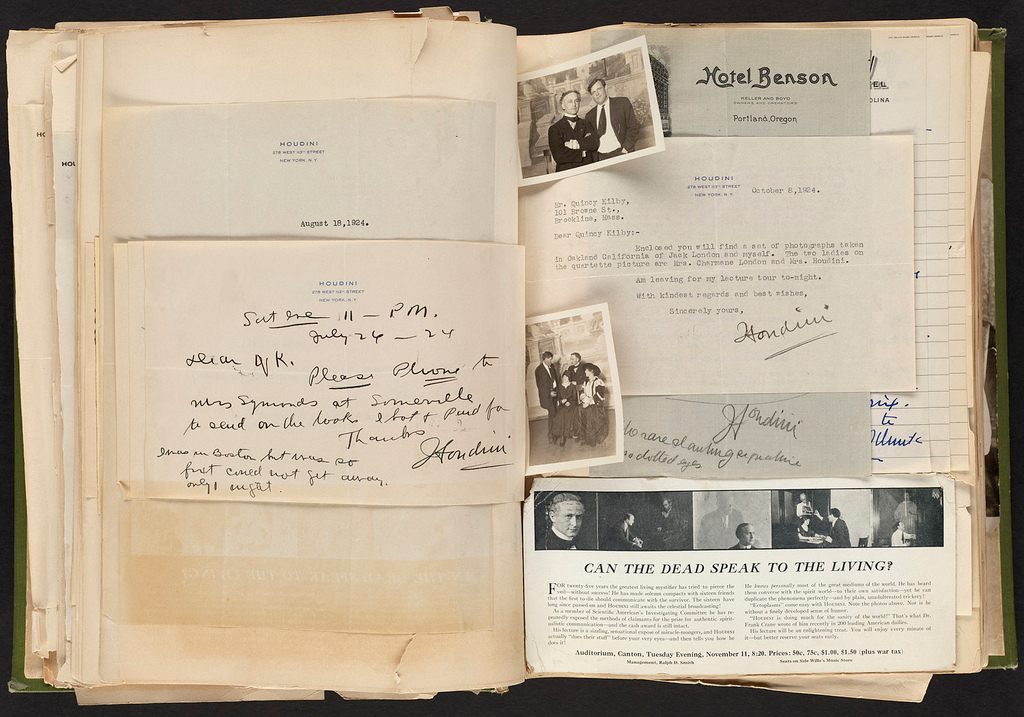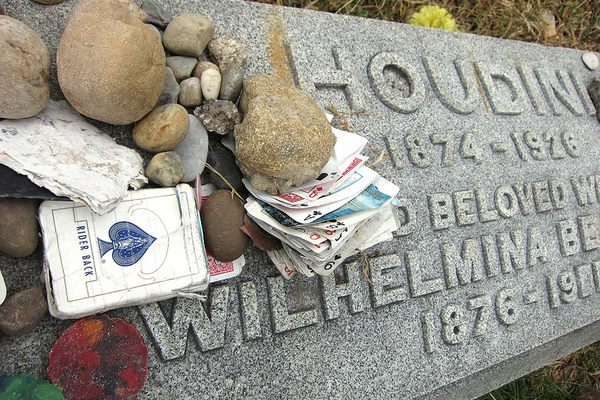Secrets Taken to the Grave
 Greek Fire in action; its secret is now lost (via Biblioteca Nacional de Madrid)
Greek Fire in action; its secret is now lost (via Biblioteca Nacional de Madrid)
There’s long been a fascination with secret knowledge, passed down in the shadows of the world. Tales of hidden societies, obscure movements, and cabals behind closed doors have grown taller and taller in the telling. The past has often been conscripted wholesale by the conspiracy theorists — until even poor Pythagoras has been held up by some as ”the first Grand Master of the Illuminati.” Most “secret knowledge” is, of course, drivel. But some isn’t.
Contemporary society assumes most knowledge is open, almost nothing is more than an internet search away (stories of nuclear blueprints and state secrets circulating for all to see hardly dampens that idea). But, throughout history, openness has very much been the exception rather than the rule. The secret of “Greek fire” was kept for centuries by the Byzantine Empire. This fearsome concoction burned without stop — even when atop water. It swept with devastating effect through the Arab fleets which threatened Constantinople. Its formula has been lost — and is still the subject of speculation.
Some secrets have been kept more closely still. And sometimes, the keeper of these secrets took that knowledge to the grave. But first — as anyone who has read H.P. Lovecraft or Edgar Allen Poe, or a Gothic novel of any description could tell you — when you go searching for hidden knowledge, be careful what you seek to recover.
But some hoards still resist discovery — and they are the ones which teeter between fact and fiction. In 1820, fabulous treasures were being gathered at the docks in Lima, Peru: hundreds of solid gold statues and candlesticks, a thousand diamonds, two hundred chests brimming with jewels — the fruits of centuries of Spanish colonialism. Lima was no longer secure, and Captain William Thompson was entrusted by the Spanish Viceroy with bringing the treasure away to safety in Mexico.
Once out of sight of land, Thompson killed the Viceroy’s men, and took the treasure for himself.

The Cocos Islands, possibly the site of pirate treasure (photograph by Shannon Rankin, NOAA National Marine Fisheries Service, Southwest Fisheries Science Center (SWFSC))
It’s said that Thompson buried the treasure in the Cocos Islands. He and his crew were captured, and all but Thompson and his first mate were hanged for piracy. He promised to lead the Spanish back to their treasure, but having brought them to the Cocos Islands, he slipped away and disappeared. Nothing was heard of him, or the treasure, again. It has been sought ever since — by everyone from Franklin D. Roosevelt to Errol Flynn — with no success.
Few stories about treasure can, of course, can be trusted. Certainly, in South Africa, should someone sidle up to you, and promise to tell you how to find the lost treasure of the Boers, you are without doubt being conned. Some enterprising grifters have, in recent years, made a fortune from greedy tourists, hot for the lost gold of Boer president Paul Kruger who died in 1904. Ingots of gold and silver, and coins by the thousand, lie buried somewhere in the Transvaal, but the spot itself was known only to Kruger and a few associates; no map has ever marked the spot.
More elusive still than lost treasure is lost knowledge. For several hundred years, from around 1200 BC, the art of writing was lost in ancient Greece. When it returned to the Greek world, it would be in an entirely different script — and the old Linear B script would remain unknown and undeciphered until the end of the 19th century. Understanding is far more fragile than it might seem; it can be lost more easily than it can be gained. Waves of destruction swept across the ancient world time and again, taking much of its knowledge with them. Artifacts which survived, when discovered, can seem bizarrely anachronistic — centuries ahead of their time. Most famous is the so-called Antikythera Mechanism: dating from the second century BC, it has been seen as the world’s first computer. Its intricate dials, cogs, and gears could predict the positions of the stars and the sun, often with startling accuracy.
 Antikythera Mechanism at the National Archaeological Museum, Athens, Greece (photograph by Tilemahos Efthimiadis/Flickr)
Antikythera Mechanism at the National Archaeological Museum, Athens, Greece (photograph by Tilemahos Efthimiadis/Flickr)

Reconstruction of the front of the Antikythera Mechanism (photograph by Giovanni Dall’Orto/Wikimedia)
Perhaps the most famous piece of lost knowledge, however, dates from much later: Fermat’s Last Theorem. The French mathematician Pierre de Fermat annotated his copy of the ancient Greek Arithmetica with a simple, cryptic statement: he had a proof for one certain theorem, which was “too large to fit in the margin.” Exactly what his proof was, he never said. But ever since his death, scholars have attempted to reconstruct it. Twice in the 19th century, the French Academy of Sciences offered a substantial prize to anyone able to prove the theorem. A German tycoon offered an even larger prize in the early 20th century (he received thousands of “proofs,” not one of which was correct). More recently, scholars began to think that Fermat must have been mistaken: he thought he had a proof, but in fact he didn’t.
In 1996, however, after a decade of work, the British mathematician Andrew Wiles published what has been recognized as, at last, a definitive proof. Fermat’s own reasoning may have been lost, but his theorem stands.
Mathematicians pursuing Fermat had, at least, the luxury of choosing their route: multiple lines of attack, and methods for attempting to prove his theorem, existed. But some secrets are more challenging. Lost machines, lost structures, and lost materials often have only one correct blueprint, one way to crack the code. When, for instance, a previously unknown researcher showcased his seemingly-indestructible “Starlite” material in 1990, scientists were first skeptical, then intrigued, but never managed to persuade him to part with his secret. Attempts to reconstruct “Starlite” have failed.
 Houdini’s scrapbook (via Boston Public Library)
Houdini’s scrapbook (via Boston Public Library)
Some of the most famous lost devices belong to history’s most elusive figures. Ever since he astonished the world, Harry Houdini’s tricks and contraptions have been the subject of speculation. Houdini was, in fact, known for revealing the tricks of magic, but only those tricks which his rivals relied on, or had stolen from him. His own greatest tricks, he kept close. How did he escape from locked safes and bolted prison cells? How did he survive under water for impossibly long periods of time? As the New York Times put it:
In his special field of entertainment he stood alone. With a few minor exceptions, he invented all his tricks and illusions, and in certain instances only his four intimate helpers knew the solution. In one or two very important cases Houdini, himself, alone knew the whole secret.
Rumours circulated that he was literally buried with his greatest secrets, following his death on Halloween, leading to ghoulish fascination (and one attempted grave-robbery) around his final resting-place.
Lost knowledge can be a spur to investigation, rather than a hindrance; a cause of hope and excitement, rather than despair. The past rarely comes back to us intact. But whether it is the blueprints of Houdni or the poetry of Sappho, the stories we cannot complete are often the ones we most want to tell — and to make our own.
 Houdini’s grave in Queens, New York (photograph by Allison Meier/Atlas Obscura)
Houdini’s grave in Queens, New York (photograph by Allison Meier/Atlas Obscura)











Follow us on Twitter to get the latest on the world's hidden wonders.
Like us on Facebook to get the latest on the world's hidden wonders.
Follow us on Twitter Like us on Facebook